PROTECT YOUR DNA WITH QUANTUM TECHNOLOGY
Orgo-Life the new way to the future Advertising by AdpathwayRegenerative home gardening mimics natural processes that occur in the wild. Think of a forest and all of its parts. It has trees, shrubs, soil, and it also contains microbes, animals, and insects. All of these organisms interact with each other to form the larger forest ecosystem.
In regenerative home gardening, you pay attention to the whole instead of the individual. It isn’t about how healthy your tomato plant is; it’s about how healthy the soil is! Healthy soil leads to healthy crops, and the crops foster beneficial insects and pollinators.
Think, too, of the soil in a forest. As trees lose their leaves, the leaf litter builds up into a thick layer on the ground. The leaves decay and turn into humus particles in the soil. This broken-down organic matter feeds plants with nutrients while simultaneously boosting the earth’s porosity and absorbency.
It may sound complex, but it’s not difficult to achieve. With these tips, you can practice regenerative gardening at home.
Precious Pollinators Flower Mix
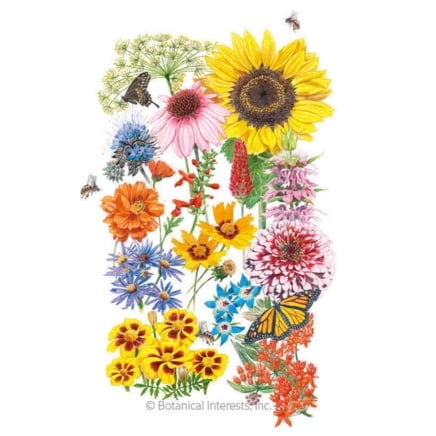
Precious Pollinators Flower Mix Seeds
Southern Hills and Plains Flower Mix
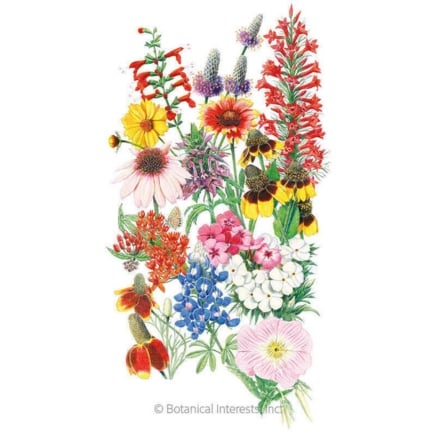
Southern Hills and Plains Flower Mix Seeds
California Color Flower Mix

California Color Flower Mix Seeds
Start Composting
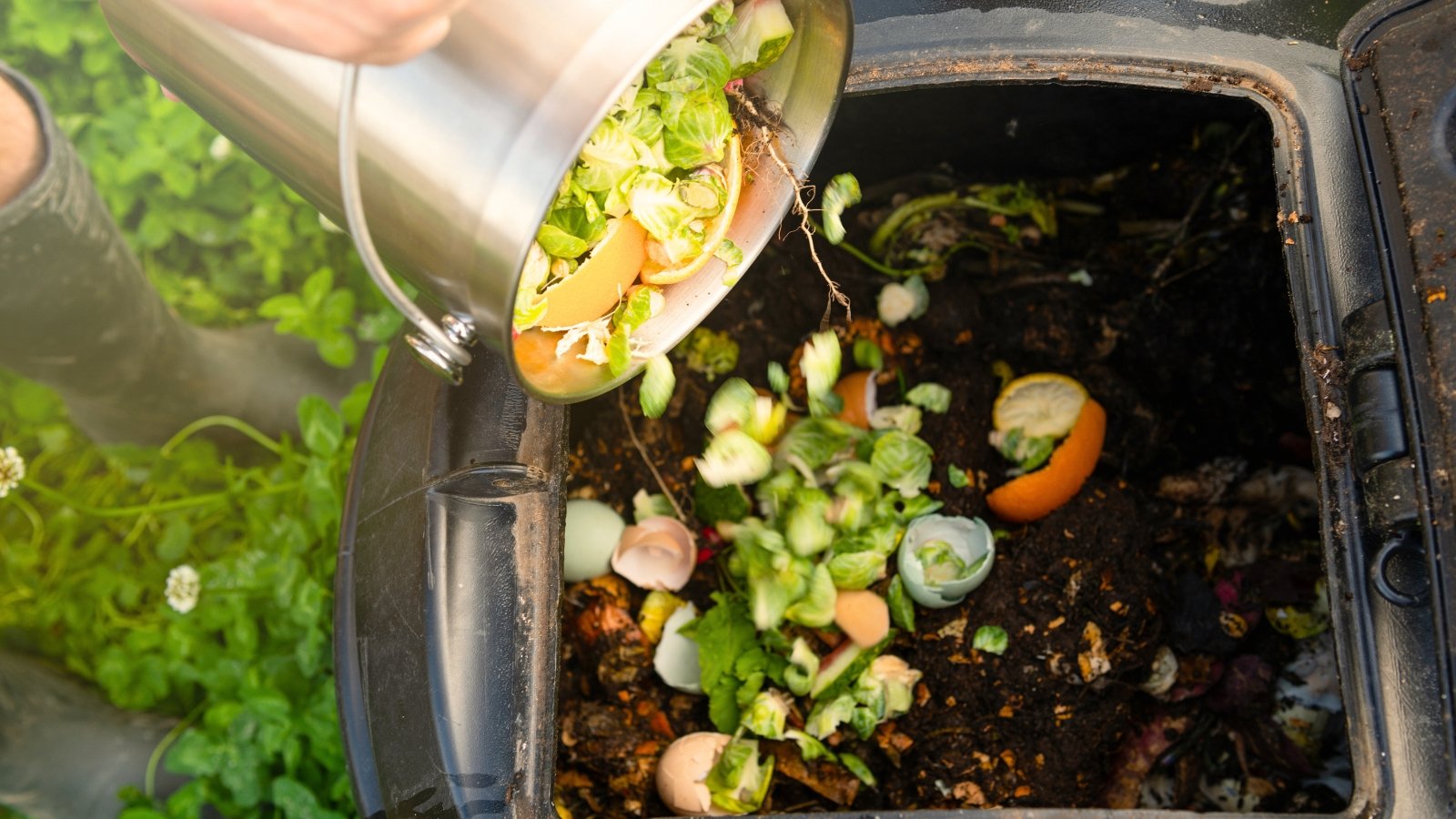 A proper mix keeps compost breaking down fast.
A proper mix keeps compost breaking down fast.Get to composting! Seriously, this is the best way to practice regenerative home gardening. Start composting now, and you’ll learn many other ways to work with nature as a result.
Compost is like the forest’s leaf litter layer. It consists of garden debris, kitchen scraps, and paper waste. Microorganisms and insects break down the organic matter into humus, a valuable soil particle. Humus is porous and absorbent; it acts like a sponge and simultaneously boosts drainage.
To compost, you’ll need “greens” and “browns.” Greens are nitrogen-rich, while browns are carbon-rich. For every shovelful of greens, add two to three shovelfuls of browns. This creates a healthy ratio of 30:1 of carbon particles to nitrogen ones. This ratio promotes quick decomposition without smelly odors.
| Carbon-Rich Browns | Carbon:Nitrogen Ratio | Nitrogen-Rich Greens | Carbon:Nitrogen Ratio |
| Fallen leaves | 30-80:1 | Kitchen scraps | 15-20:1 |
| Straw | 40-100:1 | Fleshy plant waste | 15-25:1 |
| Wood chips and sawdust | 100-500:1 | Grass clippings | 15-25:1 |
| Chemical-free paper products | 150-550:1 | Manure | 5-25:1 |
Use the chart above to determine what to put in your compost. Make a pile three feet wide and tall, and water it often so it stays moist like a wrung-out sponge. Using a pitchfork, turn the pile’s contents daily to aerate them. Flipping the pile on itself encourages quick decomposition.
Keep the Sticks
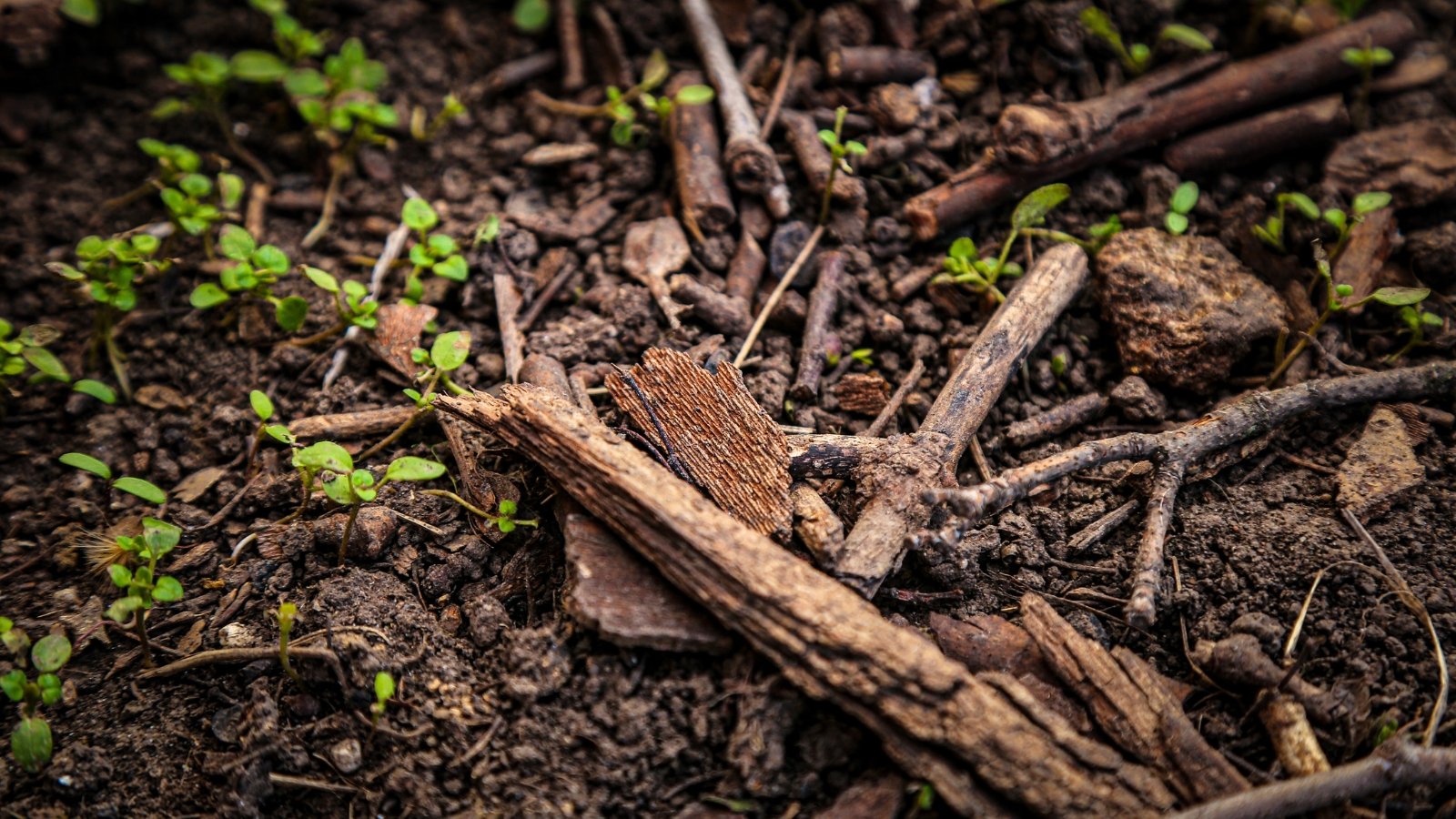 Wood leftovers become food for soil’s tiny helpers.
Wood leftovers become food for soil’s tiny helpers.What do sticks have to do with the garden? They’re more beneficial than you’d think. Wood feeds beneficial fungi that live in the soil. The fungi’s roots, called hyphae, colonize the wood and break it down into carbon.
Plants need carbon, especially trees and shrubs with woody stems. The more wood that decays, the more carbon you’ll keep within the garden. This maintains a closed-loop system where no resources leave the site.
Closed-loop gardening is similar to regenerative home gardening; the goal is not to get rid of any resources. The old styles of gardening say you should throw out debris and fertilize with synthetic fertilizers. This is expensive.
Instead, reuse, reduce, and recycle as much as possible. It’s cheap, and it’s beneficial for the environment. Chop logs up for firewood, lay sticks on the soil, and remember—don’t throw anything out!
Add Mulch
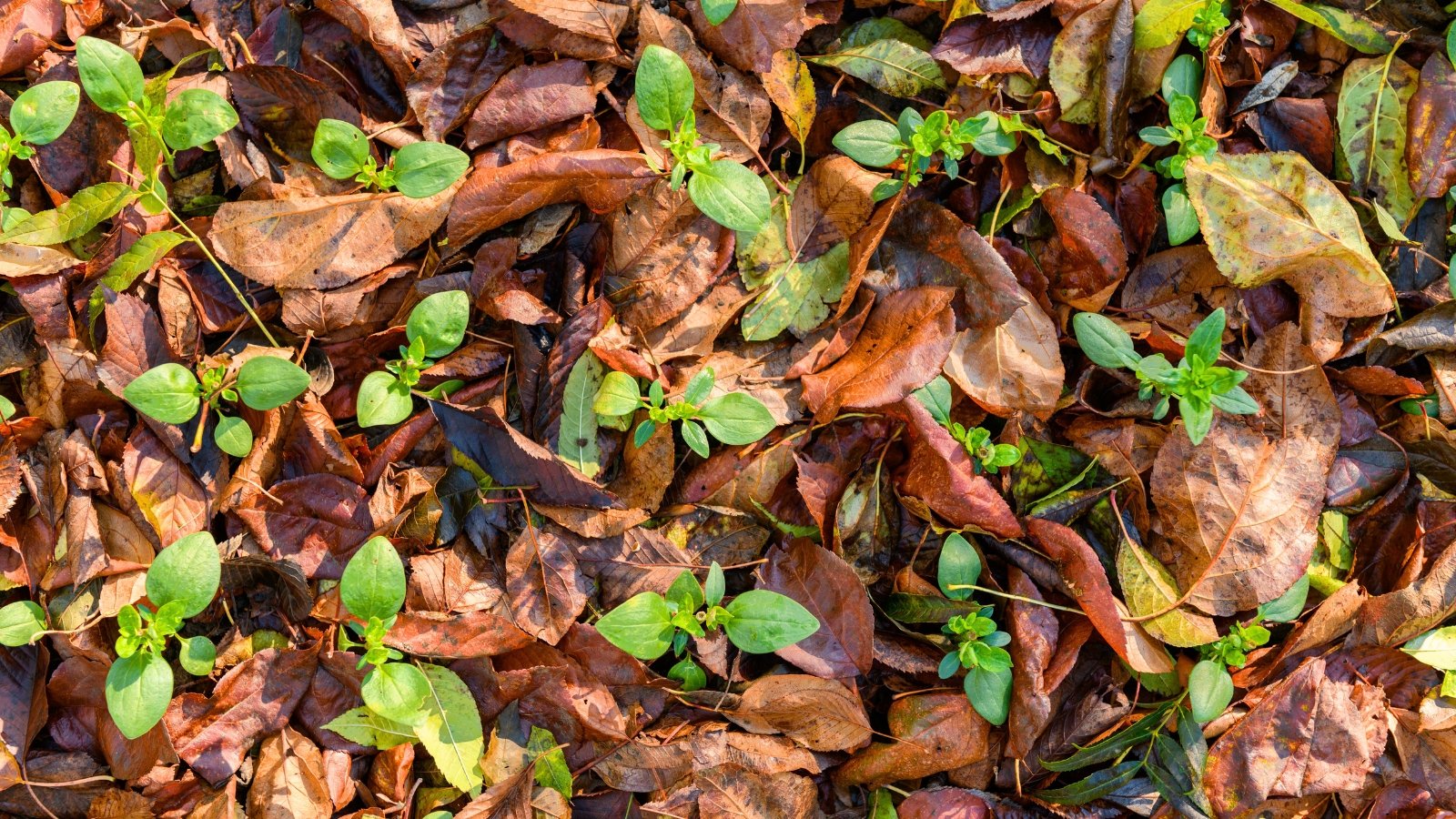 Straw and leaves make mulch that plants love.
Straw and leaves make mulch that plants love.Mulch and compost go hand-in-hand, and you can use compost as mulch. Mulch is a layer of organic matter that sits on top of the soil. It insulates plant roots during the winter, feeds the ground with nutrients, and improves drainage in the area.
The best mulches for simple regenerative home gardening are organic ones that decay into humus. Opt for straw, compost, leaf mold, and fallen leaves. Choose wood chips for ornamental gardens with trees and shrubs, and use the stuff on pathways.
Inorganic mulches, like plastic sheets and fabric covers, don’t decay. They cover and insulate the soil, but they don’t feed it with nutrients, worms, and microbes. Consider the benefits of both when choosing the best type for your regenerative garden.
Let the Lawn Go
 Let grass bloom wild and attract busy wildlife.
Let grass bloom wild and attract busy wildlife.Lawns are a primary offender of regenerative practices. They consume many resources, and they offer little in return aside from soft, walkable landscapes. Keep lawns growing where you need them, and convert other unused areas into gardens full of flowering plants.
Or, let the lawn go. Simply don’t mow. Let grass grow, flower, and seed. Watch as leaves fall on it in the fall. The next year, new seedlings will grow and form a lush, natural meadow. You won’t have to mow or water the area, and wildlife will flock to the site. Plant flowering plants throughout for a natural effect.
If you do decide to mow, water, and fertilize a lawn, consider using a mulch mower to chop the grass clippings into the soil. Without a mulch mower, collect the clippings and throw them in the compost to maintain a closed-loop in your regenerative home garden.
Plant More Plants
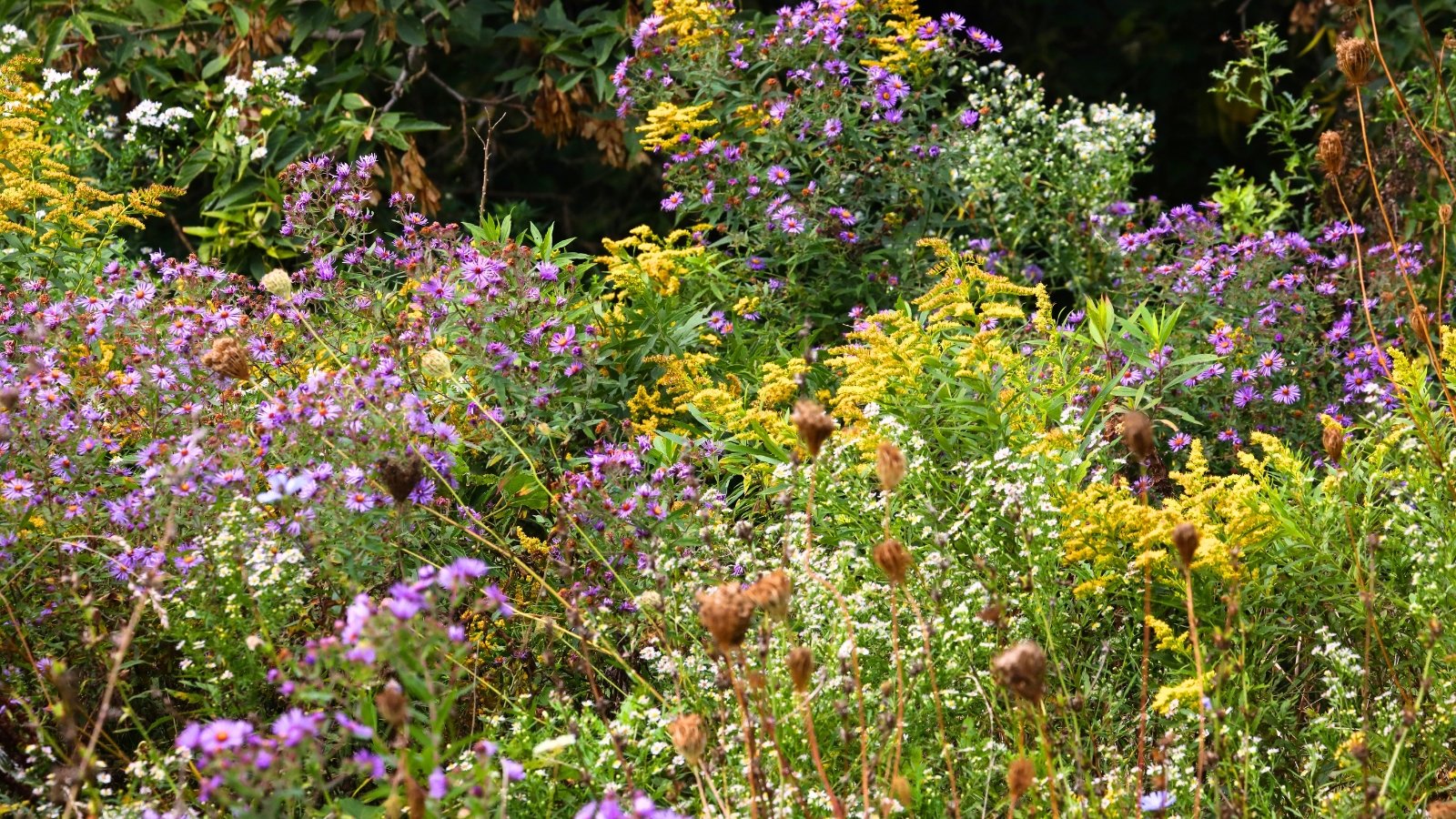 Native blooms settle in naturally, growing strong and steady.
Native blooms settle in naturally, growing strong and steady.Plants are the secret wonders in regenerative home gardening! They foster beneficial microorganisms and worms that interact with the soil around their roots. Over time, perennials create carbon-rich soil wherever their roots grow. They pull in carbon dioxide from the atmosphere and sequester carbon below ground.
The more bare soil you cover with plant life, the richer it will grow. Wait for perennials to sprout in spring, then tuck cover crops and vegetables in all the bare spaces between them. The plants will act as a living mulch above the ground.
Any plants will do, but the best ones are native species from your region. Consider pairing like plants with each other in a similar environment. Here’s an example: create a pollinator meadow with American asters, goldenrods, and spireas that are local to your region.
Use No-Till Practices
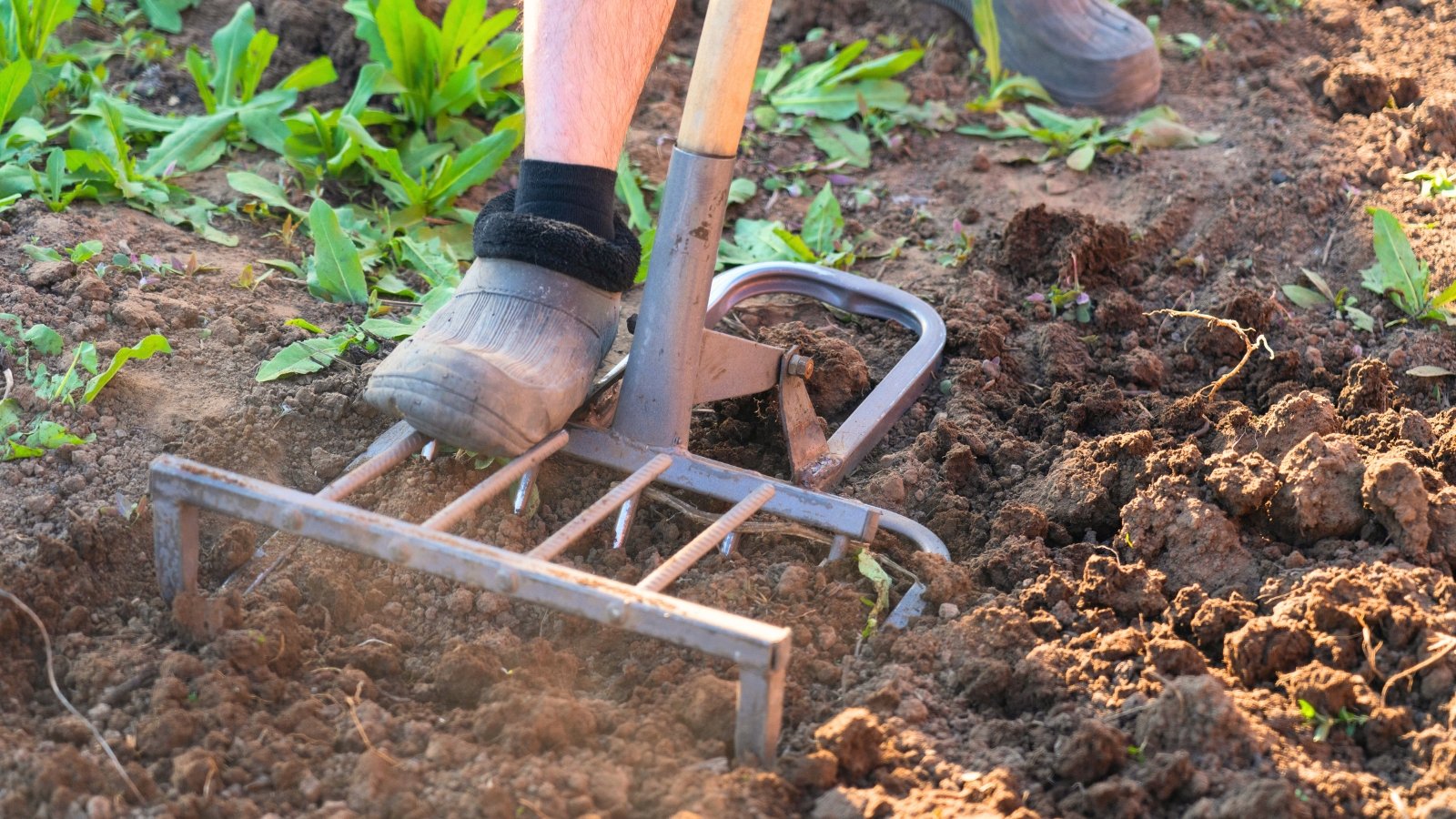 A broadfork gently wakes soil without disturbing its life.
A broadfork gently wakes soil without disturbing its life.Tilling lays waste to soil biodiversity! It’s necessary in traditional agriculture, as it loosens the soil and prepares it for planting. Unfortunately, tilling is harmful to the ecosystem as a whole. It’s not a viable method in regenerative agriculture for soil preparation.
Instead of tilling, try using a broadfork. This tool has prongs that stab deep into the ground. The prongs loosen the soil with little impact on the ecosystem. Use one by stabbing it into the ground, then step onto it. Using your weight, heave it back and forth.
Mulching and composting are other ways to practice no-till regenerative home gardening. Compost recycles your crop debris. After it decomposes, you can use the compost as a mulch in the area to return the nutrients to the soil. Then, plant plants directly into the compost.
The possibilities are truly endless. Start small by not tilling, then work your way up from there. Every small act builds into a large impact.
Incorporate Animals
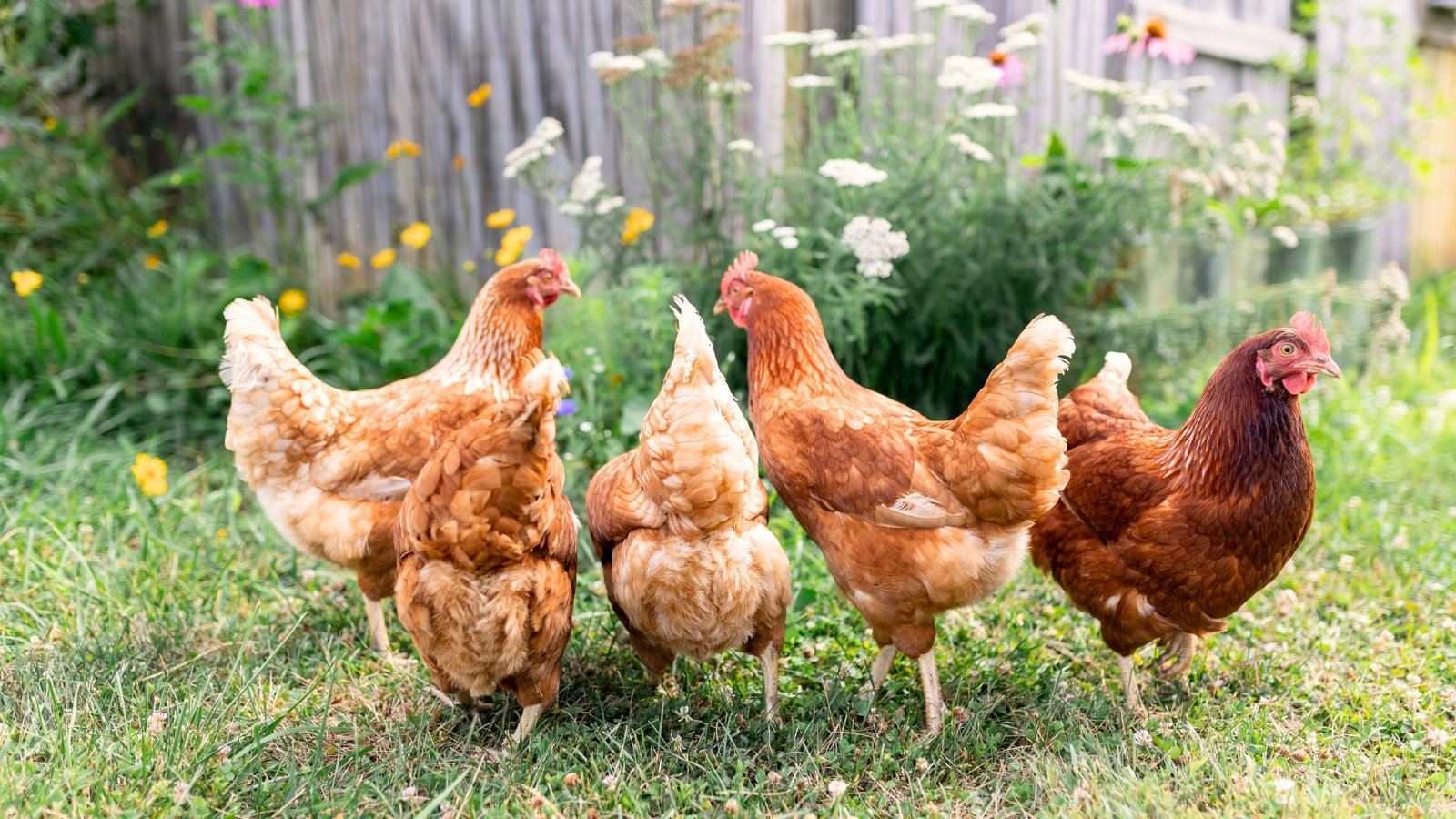 Chickens keep bugs away and deliver fresh eggs.
Chickens keep bugs away and deliver fresh eggs.Incorporating animals isn’t simple, but it’s easy to do with some research. Chickens are great to start with, as they give you eggs for eating, and they produce manure that works well as fertilizer. They eat bugs and pests that harm your tender crops.
Other great animals for regenerative homesteads include goats, cows, and sheep. Goats give milk for cheese-making, while sheep offer their fluffy coats for wool-making. Cows provide milk for drinking, butter-making, and cheese-making. All offer nutritious manure in exchange for their goods.
Consider that animals need food, water, and shelter to survive. Make sure you understand the requirements and effort needed before following the regenerative home gardening practice.
Key Takeaways
- Remember, start small. It’s easy to get overwhelmed when trying to do everything at once.
- The simplest way to start is with compost. Divert waste from the landfill and compost it instead.
- Mulch is key! Add plenty of it continuously throughout the seasons.
- Don’t till. Use a broadfork.
- Plants are essential. Plant perennials wherever possible.


 1 day ago
5
1 day ago
5

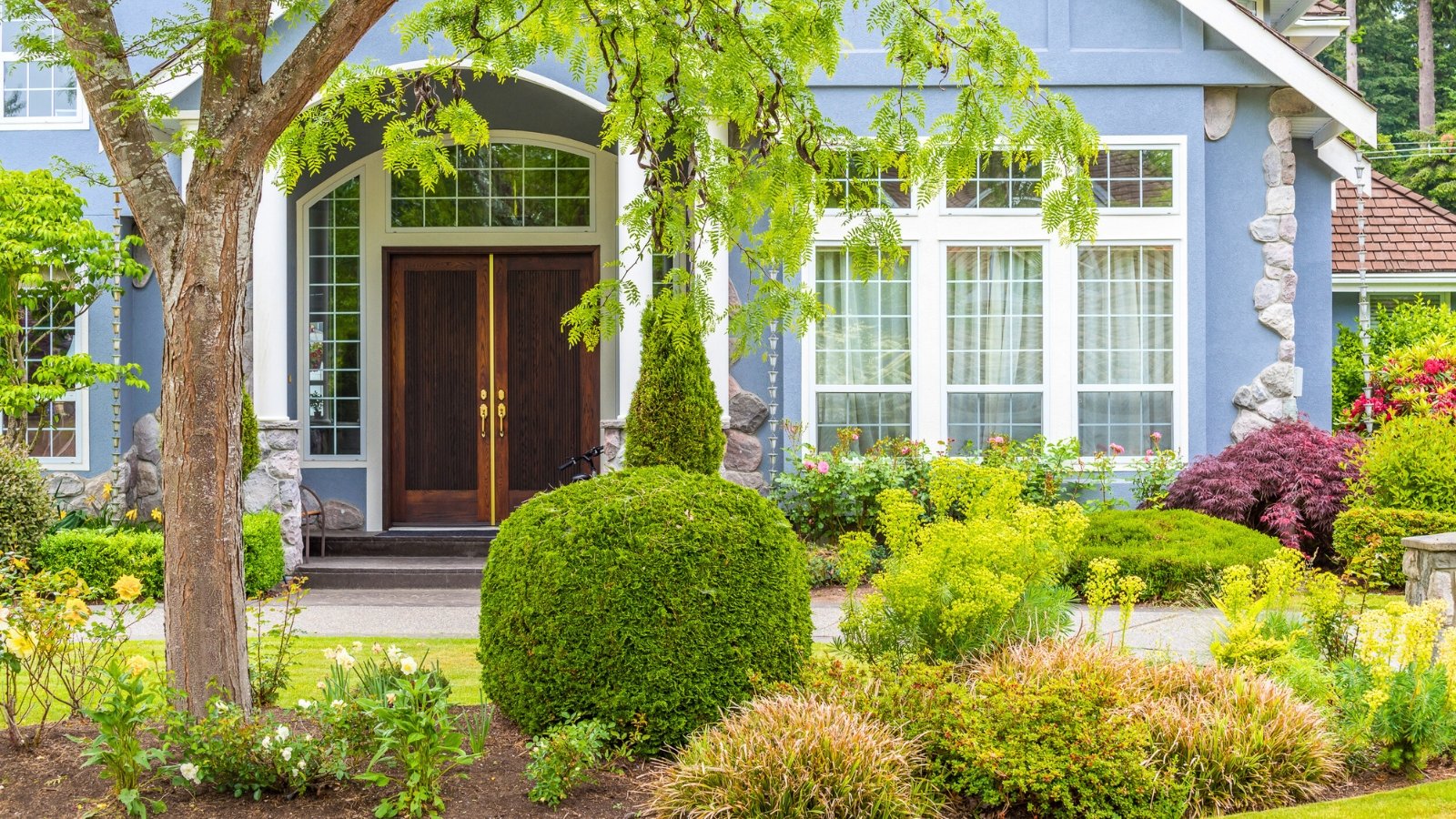
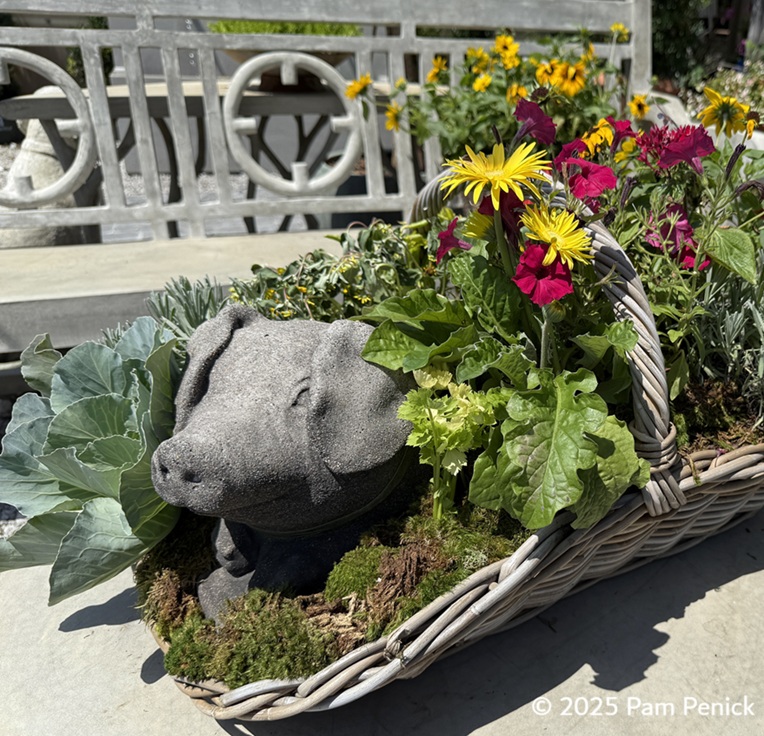


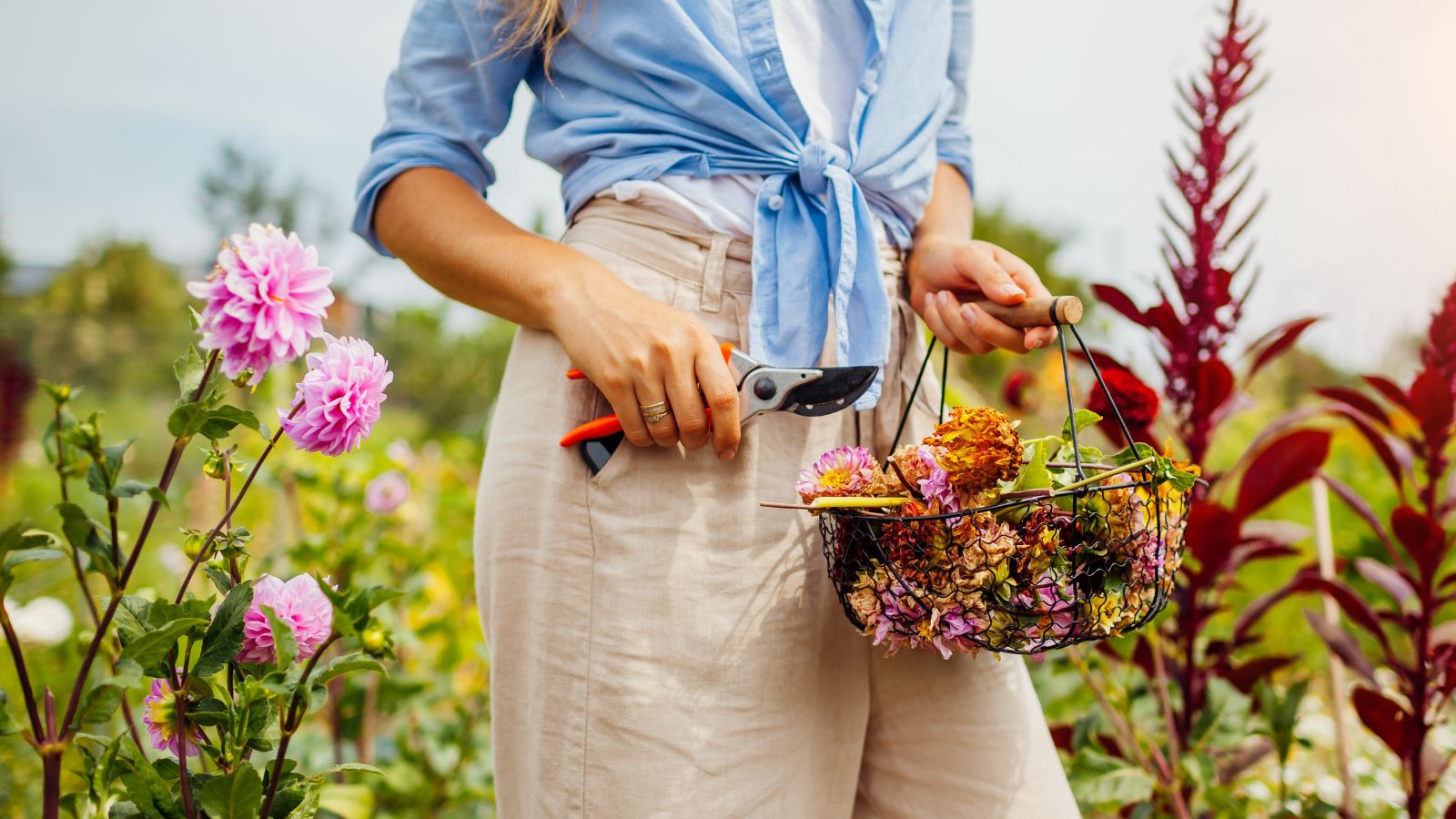















 English (US) ·
English (US) ·  French (CA) ·
French (CA) ·